Historical Roots of the Fleury Cross
The origins of the Fleury Cross can be traced back to the Middle Ages, around the 12th century. Its design is inspired by the fleur-de-lis, a stylized lily or iris. The fleur-de-lis has appeared in the artifacts and emblems of ancient civilizations, including the Egyptians and Babylonians, but it was the French monarchy that popularized it as a symbol of sovereignty and the sanctity of the crown.
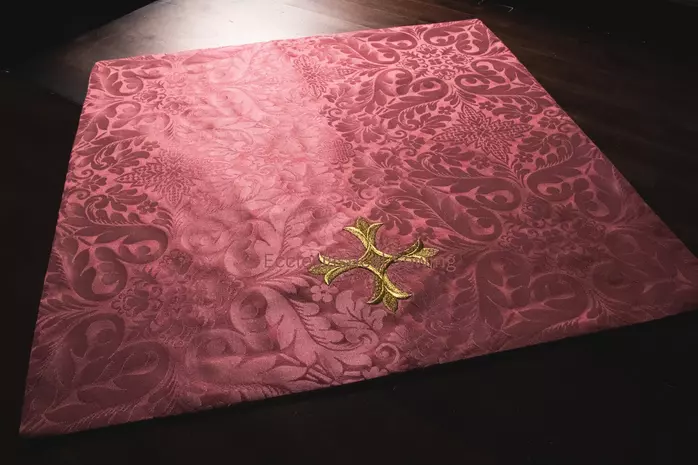
The Fleury Cross gained prominence primarily through its association with French heraldry and chivalric orders. The spread of Gothic architecture and art linked to the adoption of the Fleury Cross, which features prominently in cathedrals, stained glass windows, and relics. The cross itself symbolizes Christianity, while the fleur-de-lis embellishments reflect a divine right to rule, often interpreted as an endorsement of the monarch by God.
Historical Significance of the Fleury Cross
Various important figures and organizations have mentioned and used the Fleury Cross throughout history. It was emblematic of French kings, who saw themselves as the principal defenders of faith, especially during the Crusades. Additionally various military and chivalric orders, like the Order of Saint Michael established by King Louis XI of France in 1469, incorporated the Fleury Cross into their insignias.
Today, the Fleury Cross remains a symbol with both religious and secular significance. It is found in the logos and insignia of various institutions, including cities, schools, and sports teams, especially in regions with historical ties to France. In religious contexts, it continues to adorn churches and ecclesiastical garments.

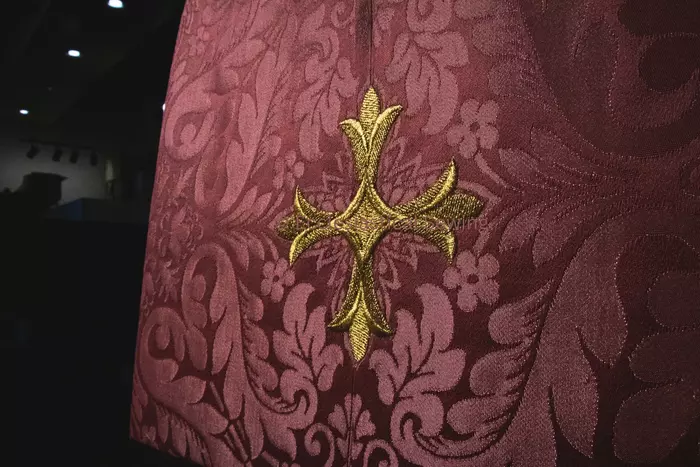
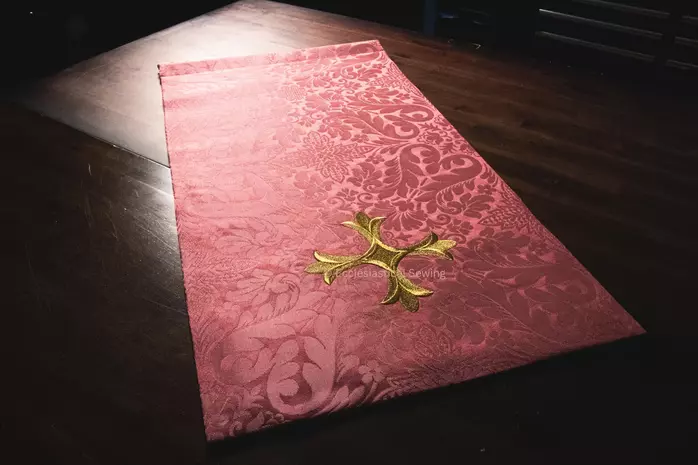
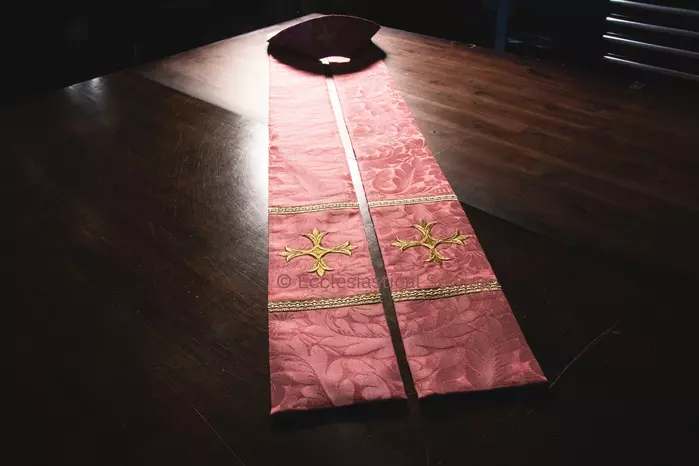

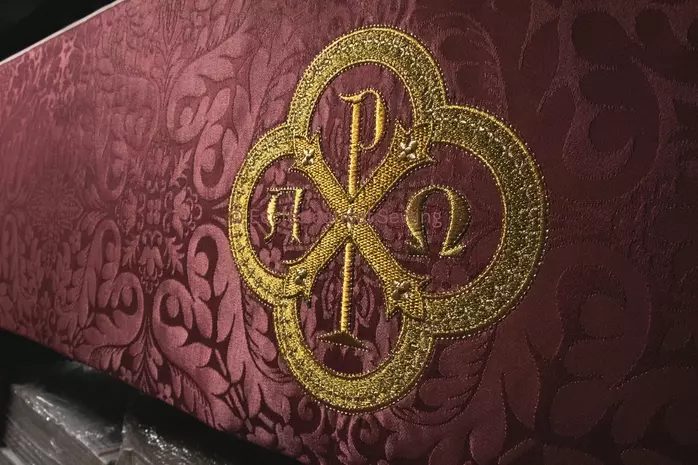
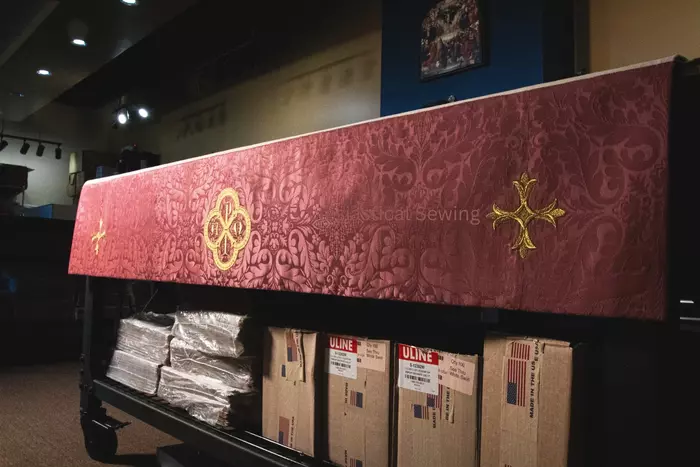






 RSS - Posts
RSS - Posts
You must be logged in to post a comment.